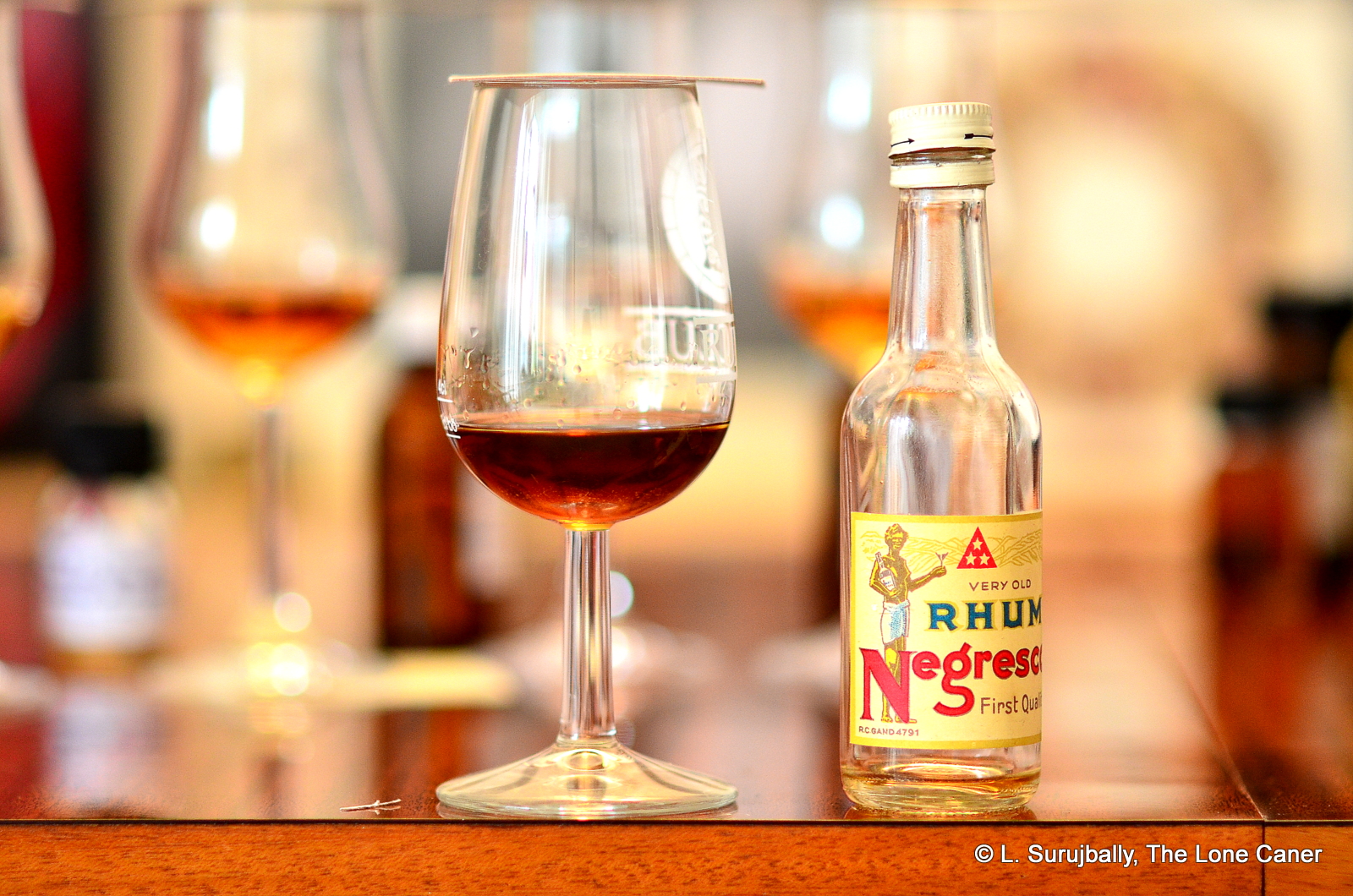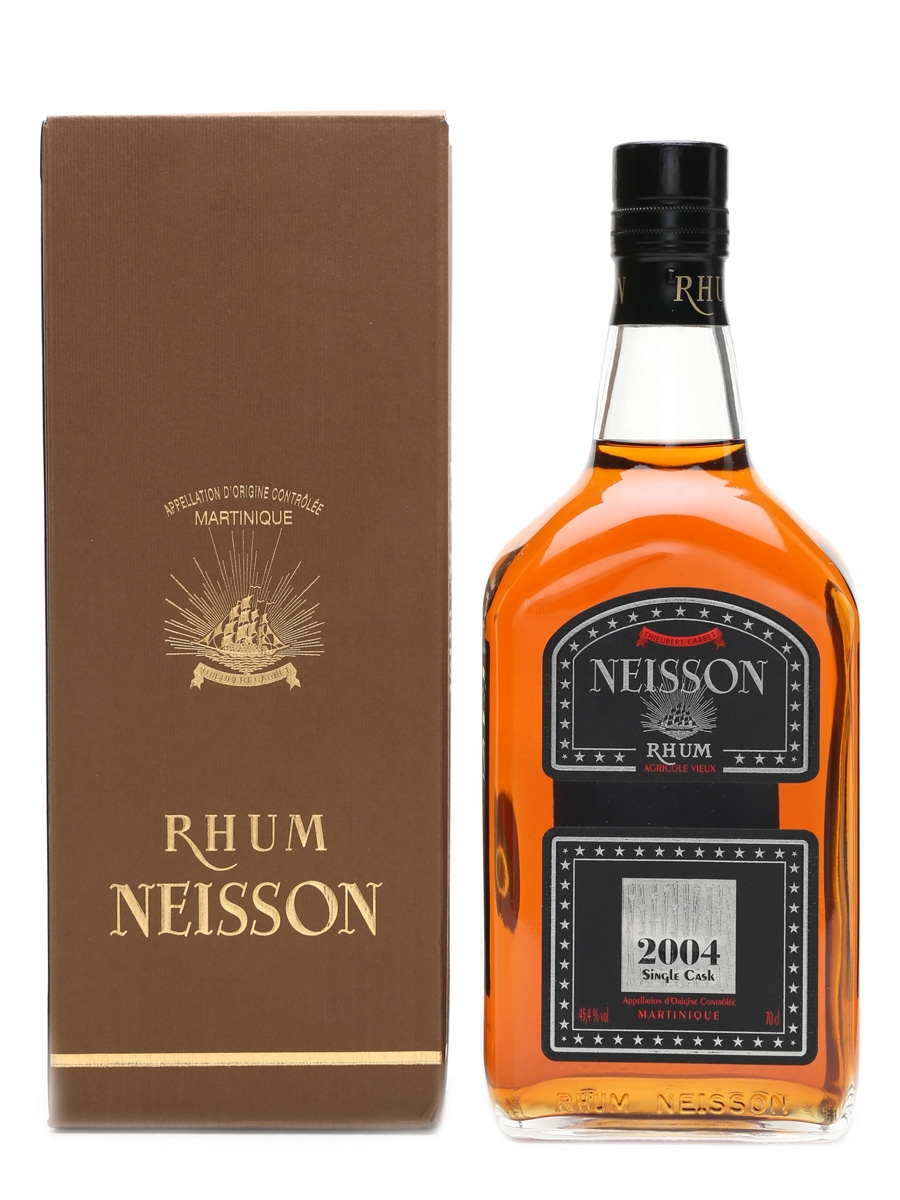 Rumaniacs Review #065 | 0471
Rumaniacs Review #065 | 0471
There are, as far as I am aware, three 1982-2005 23 year old Caronis issued by Velier. The “Light” issued at 59.2% (R-058), the “Heavy Full Proof” which is a ripsnorting 77.3% (R-063), and now this “Heavy” one, the last of my Rumaniacs samples from Trinidad, which clocks in between those two, at 62% and a 1360-bottle outturn. Unsurprisingly, this presents casual buyers with quite a chellenge. I know Luca felt that each iteration and individual expression of the various Caronis highlights some kind of distinct point of interest he wanted to share, but to be honest, I don’t know how the average rumhound is supposed to pick which one to buy, given the multitude available — they are all good, and in places quite similar. It would take a dedicated and committed post-doc rumologist to unravel all the variations, even assuming the wallet held out. Nevertheless, we should be grateful that we have so many sterling expressions to choose from at all, living as we are in the belated discovery of Velier’s Second Age (the first being, of course, the Demeraras). So you’re not hearing me whinging too loudly.
Colour – Amber
Strength – 62%
Nose – Quite distinct and very Caroni-like in all aspects. Somewhat less rubber, but more tar than the 59.2% R-058, extremely firm and lively. Caramel, vanilla and toffee keep the road-surfacing crew nourished, and a dusting of cinnamon provides some entertainment. When they stop for a break, there are also lime leaves, cumin and some muskier spices like sweet paprika and tumeric. Brown sugar and molasses, blackberries, red currants, and raspberries round out the ensemble. A very good nose indeed.
Palate – The clear and growly Caroni profile continues uninterrupted from the nose, with petrol and tar taking the stage up front and never entirely relinquishing their dominance. Dry, sharp and quite oaky here (different from both the 59.2% and 77.3% versions), bitter chocolate, salty soy sauce, brine, olives and a touch of (get this) menthol and marzipan. It has surprising heft and thickness in the mouthfeel, yet remains sharp to the end. With water, more caramel, some citrus, dark fruit (black grapes, prunes, blackberries), and these stay mostly in the background as bit players, which I’d say was a pity as the integration could have worked better with a little more force from these flavours.
Finish – Nice and long, with fruits and toffee, tar and petrol remaining the core of it all. It remains somewhat salty, and dry
Thoughts – A good Caroni, but then, aren’t they all? I think it’s a bit too spicy at the back end, which is a minor observation, not a complaint. I particularly liked the citrus ad spices on display. On the other hand, were I asked to chose between this and the other two iterations, I’m not entirely sure this would be my first pick. Close, but no cigar compared to, say, the 77.3%.
(85/100)
- After all these Caronis, I need hardly mention (but I will) that Serge Valentin looked at this one in his multi-Caroni lineup in mid November 2017. The boys in France, Olivier Scars and Jean-Paul Bouwyn, also covered it in their epic two-part Caroni session on DuRhum in August 2017 (in French, Day 10)
- One of the Caronis from the first batch Luca issued in 2005
- This really is the last Caroni I have. I’ll be moving on to a Neisson session soon, though, for the curious who want to know what’s next.





 Rumaniacs Review #062 | 0465
Rumaniacs Review #062 | 0465





















